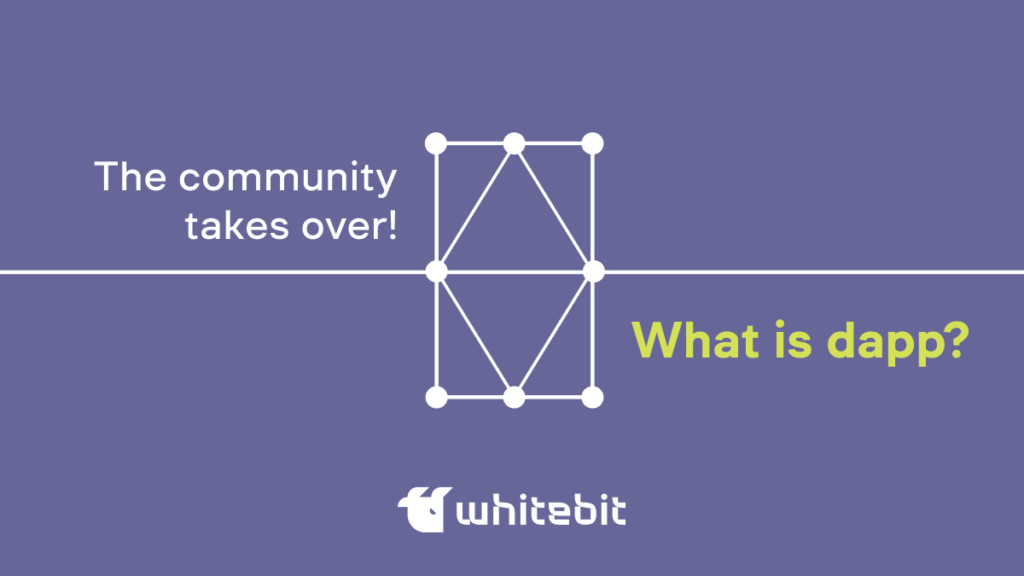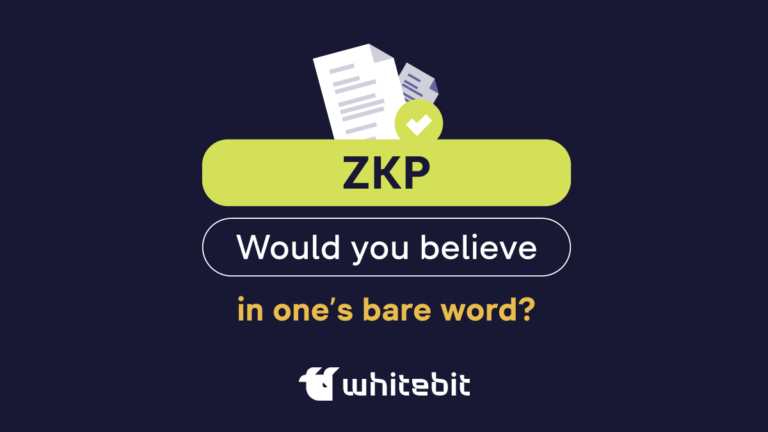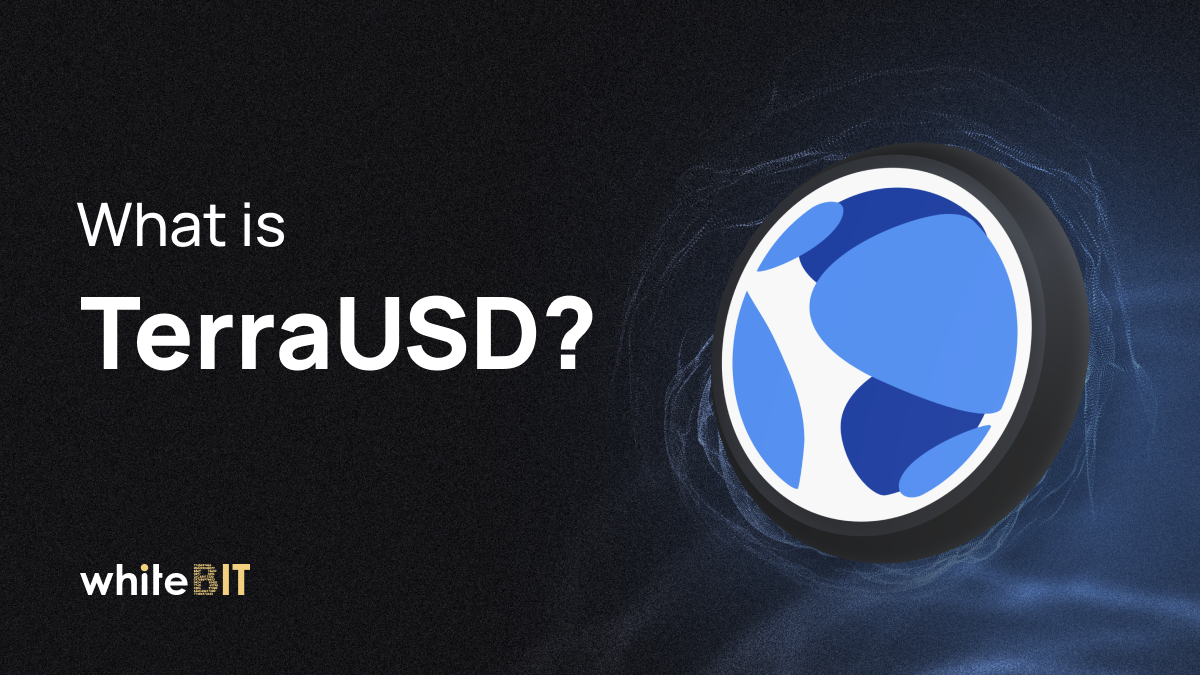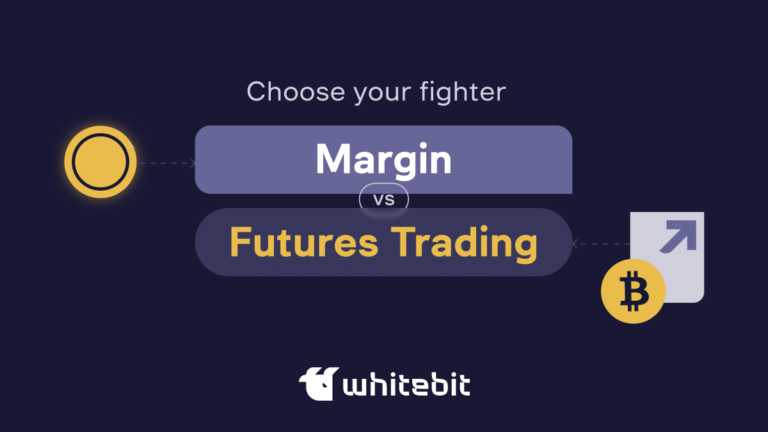What Is a Decentralized Application (Dapp)?

Content
Fourteen years after the launch of the first blockchain, many alternative options, and variations of their use have appeared.
Satoshi Nakamoto gave the world the first digital currency, Bitcoin, while Ethereum became the first universal decentralized blockchain platform allowing anyone to implement various information storage and processing systems programmatically. The main condition is that any action must be described in mathematical rules with the help of smart contracts.
Decentralized applications are created and function based on blockchain. In terms of appearance and functionality, they are almost no different from classic programs, but their main feature is the absence of an intermediary. Ethereum’s mechanism of smart contracts is most often used for this, but there are also options on other blockchain platforms.
The background story of the World Wide Web and what dapps have to do with it
The development of the Internet can be theoretically divided into several eras: Web 1.0, Web 2.0, and Web 3.0.
Web 1.0 is the first version of the World Wide Web, which gained popularity in the early 90s. Websites were static pages with text, links, and images. According to Tim Berners-Lee, the author of the Web, Web 1.0 sites were available “only for reading.”
Web 2.0 is the second generation of the Internet, which appeared in the early 2000s. The basis of Web 2.0 is interactive platforms and services connected to the World Wide Web. The key difference from the first generation is that sites have turned into web applications, with the first social networks and a cloud service system to have entered the scene. Well-known representatives of Web 2.0 are Amazon, Facebook, and Twitter.
The concept of Web 3.0 appeared back in the 90s. The architecture of the new web generation included several main components, but the concept’s perception changed over time. In 2014, Ethereum co-founder Gavin Wood published an article in which he described Web3 from the other side — as a more decentralized version of the network built with the help of a blockchain. Foremost, his vision concerned changes in the data storage system, as well as an increase in the level of user anonymity.
In 2021, the term Web3 was recalled again against the growing popularity of decentralized applications and non-fungible tokens (NFT). While Web 2.0 was criticized for excessive centralization. Blockchain and, in particular, Ethereum-based smart contract technology appeared as the answer to the informational “monopoly” of the Facebook era.
Although the definition of Web3 has yet to be fully formed, it seeks to give back control to users over their private data and provide freedom from censorship and restrictions. Decentralized applications are the main components of the future Internet because dapps use the main advantages of the blockchain: transparency, reliability, and data immutability.
Starting with finance, this technology is used in other areas as well.
To better understand the working principle of dapp, let’s draw an analogy with applications of the Web 2.0 era.
What is the difference between a centralized and a decentralized app?
The structure of Web 2.0 (centralized) and Web 3.0 (decentralized) applications is fundamentally different. Centralized applications can be desktops. You first need to download and install them on your device and Web clients that run in a browser. Google Docs is an excellent example of a Web application for daily and work life. To run it, you do not need to download separate software. Use the settings available in the browser and log in.
Applications requiring an Internet connection have a classic client-server architecture, with one central server for all clients.
Each request of an individual client is sent to this server. Next, the server processes the request, takes the necessary data from the central database, and sends the response back. Clients and servers “communicate” with code, predominantly through the HTTP protocol and the more secure HTTPS. So when you open the news feed on Twitter, you see data pulled from the company’s central Web server.
A decentralized application works differently. It does not have an intermediary in the form of a central server and database.
How does a dapp work?
The decentralization of such applications is possible thanks to smart contracts deployed on the blockchain. In the report “The General Theory of Decentralized Applications,” several leading authors of the industry outlined the main criteria for dapps:
- Open source;
- All information about the application must be public and stored on the blockchain;
- A digital asset must provide access to the application;
- Dapps must use a consensus algorithm.
The report also divides dapps into several categories. Level 1 dapps use their blockchain. Level 2 applications are built on top of the main blockchain. And dapps of the level 3 store information about the first two ones. These are the API and scripts necessary for their functioning.
Dapps advantages
- No downtime. Traditional Web application data is stored on central servers, which can complicate or even stop the operation of the entire network. A peer-to-peer network can keep an application running non-stop, even in the absence of some of the nodes.
- Lack of censorship. Without a governing body, the user community can independently make decisions and manage the dapp.
- Cryptocurrencies. Since smart contracts contribute to the decentralization of dapps, it is easy to integrate digital assets into their functionality.
- Security. The leakage of information from the server can harm both users and the company. Decentralized applications do not have a single database, making them harder to hack.
Dapps vulnerabilities
- Decision-making speed. Due to the absence of a central authority, decisions on updates are made more slowly, as it requires consent or refusal from each community member.
- A difficulty in creating a user base. A successful dapp requires nodes and a user base, which is challenging to build at the initial stages of the dapp. The more users use the dapp, the higher the level of decentralization, hence, the stronger the security.
Examples of decentralized applications: how to use dapps?
Companies worldwide are already actively using dapps to increase their user base and improve the overall user experience. You can find a list of the most popular decentralized applications on the DappsRadar resource.
Today, the most popular dapps are DeFi projects like DEXs (Decentralized Cryptocurrency Exchanges), which allow exchanging digital currencies without intermediaries. Examples are Uniswap, WhiteSwap, Pancakeswap, and Curve. Many projects have been built on the blockchain in the GameFi space, such as Decentraland and Gods Unchained.
Blockchain and smart contracts have allowed businesses to take their activities to the next level with the help of DAOs, decentralized autonomous organizations with no hierarchy. They will enable each participant to participate in the project’s life. Its digital asset underpins the activities of the DAO.
The creators of Web3 applications are putting control in the hands of the community, which motivates users worldwide to choose decentralization. There’s more to come, so let’s keep an eye on it!








